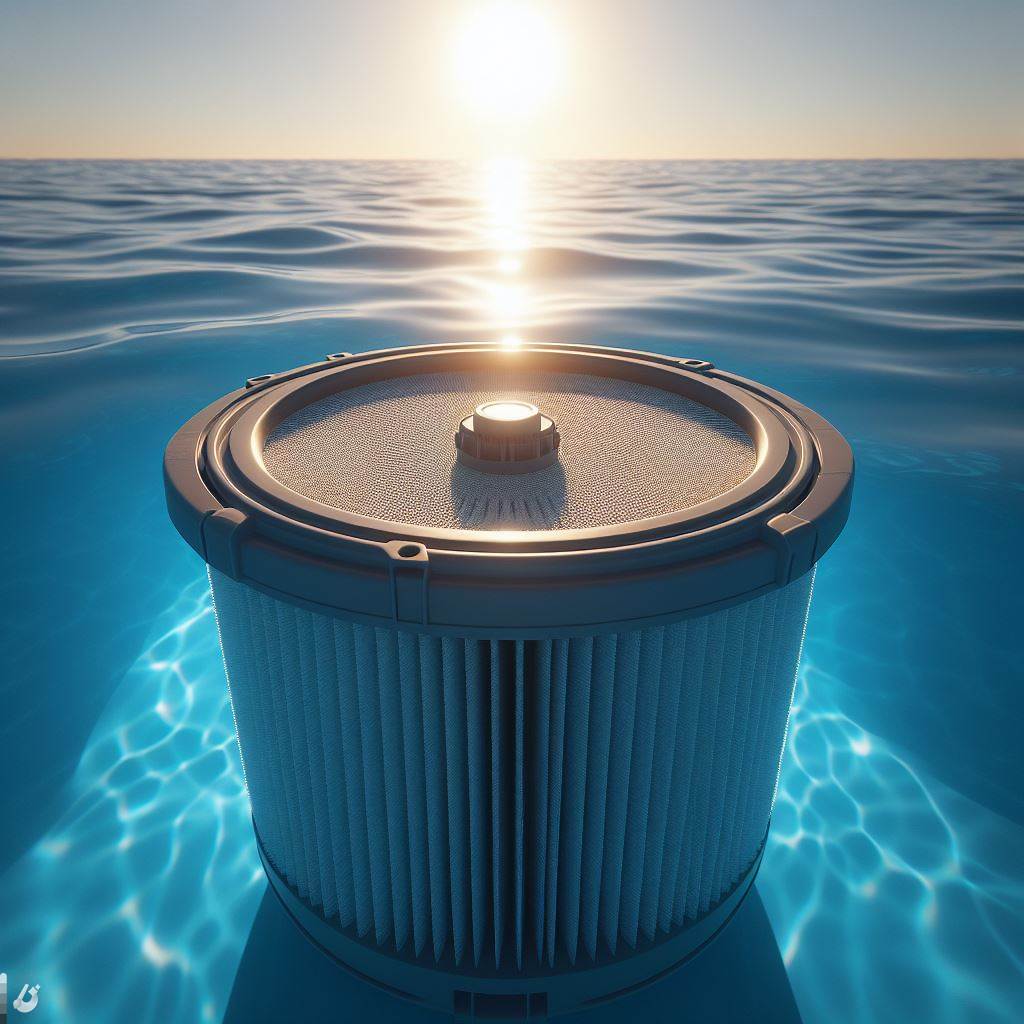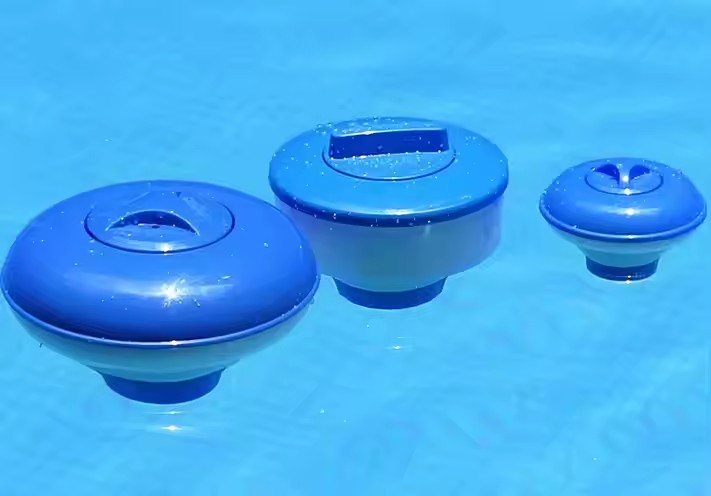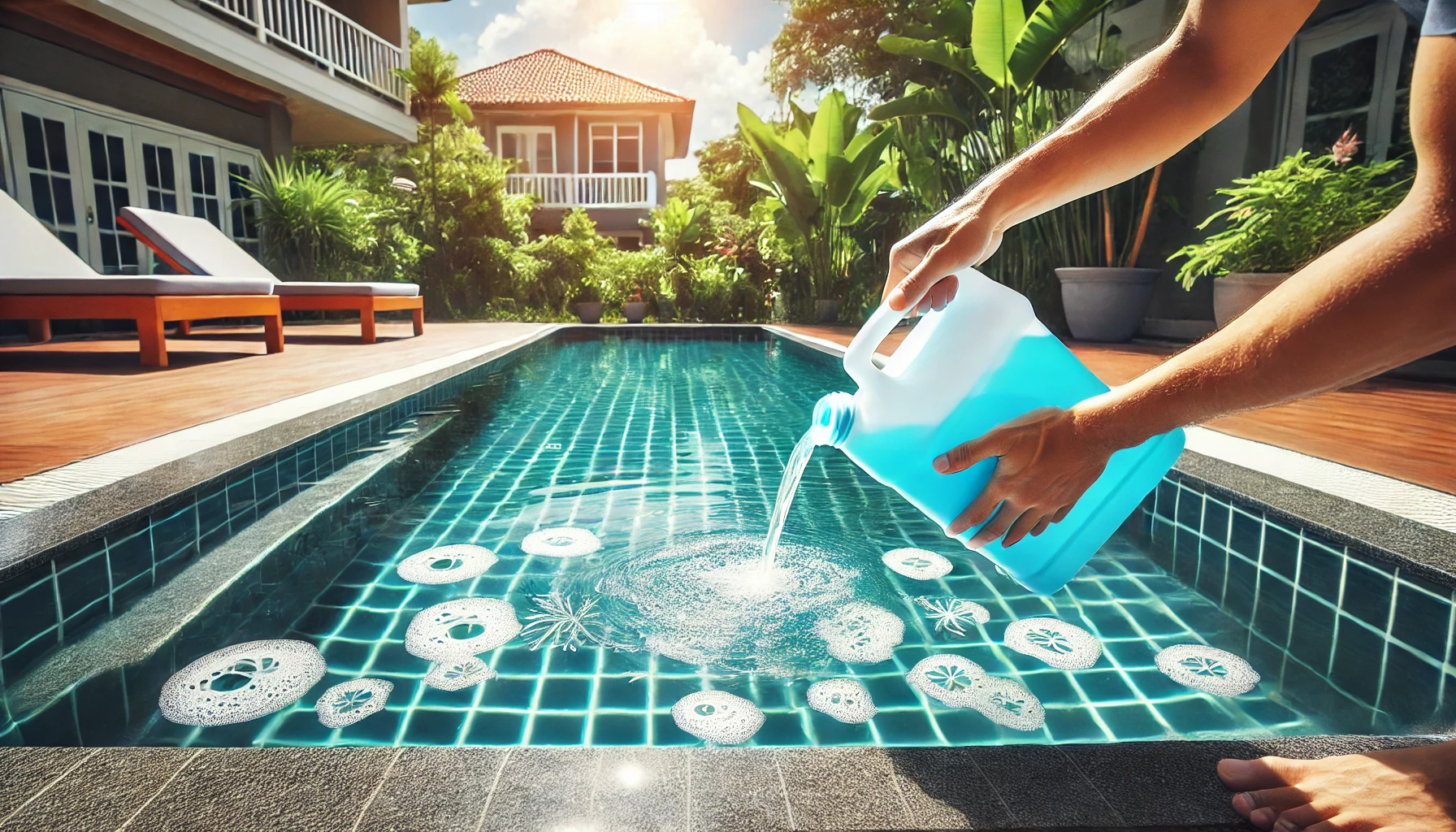Pool sand filters are integral components in the maintenance of clean and clear swimming pool water. These filters use specially graded sand to trap impurities and particles, providing an effective and environmentally friendly solution for water filtration. In this article, we will delve into the functionality, benefits, and maintenance of pool sand filters.
I. How Pool Sand Filters Work
Pool sand filters operate on the principle of mechanical filtration, where water passes through a bed of sand to capture and remove particles. The filtration process involves the following stages:
Filtration: As water enters the filter, it flows through the bed of sand.
The sand traps particles and impurities, preventing them from circulating back into the pool.
Backwashing: Over time, the sand accumulates debris and becomes less efficient.
Backwashing is the process of reversing the water flow through the filter, flushing out trapped particles and cleaning the sand bed.
Rinsing: After backwashing, the filter goes through a rinsing phase to settle the sand bed and prepare it for the next filtration cycle.
II. Advantages of Pool Sand Filters
Effective Filtration: Sand filters effectively capture particles as small as 20-40 microns, ensuring that the pool water remains clear and free from visible impurities.
Low Maintenance: Compared to other types of filters, sand filters require relatively low maintenance. Backwashing and occasional sand replacement are the primary maintenance tasks.
Environmentally Friendly: The use of sand as the filtration medium is environmentally friendly and sustainable. It eliminates the need for disposable filter cartridges and reduces the generation of waste.
Cost-Effective: Pool sand filters are cost-effective both in terms of initial installation and long-term maintenance. They provide efficient filtration without the need for frequent replacement of filter media.
III. Installation and Setup
Proper Sizing:It is crucial to select a sand filter system that is appropriately sized for the pool. The filter’s flow rate should match the pool’s circulation system to ensure optimal performance.
Correct Sand Grade:Choosing the correct sand grade is essential for effective filtration. The sand should have a uniform size and meet the specifications recommended by the filter manufacturer.
Installation Location:Install the sand filter in a location that allows easy access for maintenance. Adequate space should be provided for the backwashing process.

IV. Routine Maintenance and Care
Backwashing: Regular backwashing is essential to remove accumulated debris from the sand bed. The frequency of backwashing depends on factors such as pool usage and water quality.
Sand Replacement: Over time, the sand in the filter becomes worn and less effective. Periodic sand replacement, typically every 5-7 years, ensures optimal filtration performance.
Chemical Balancing: Maintaining proper water chemistry is crucial for the longevity and efficiency of the sand filter. Ensure that pH, alkalinity, and other chemical levels are within the recommended range.
Visual Inspections: Conduct regular visual inspections of the filter for any signs of damage or wear. Addressing issues promptly can prevent more significant problems in the long run.
V. Troubleshooting Common Issues
Poor Filtration:Insufficient filtration may result from issues such as incorrect sand grade, inadequate flow rate, or a clogged filter. Addressing these issues can improve filtration efficiency.
Leaks and Cracks:Inspect the filter housing for leaks or cracks. Replace damaged parts promptly to prevent water loss and maintain the integrity of the filtration system.
Inadequate Backwashing:If backwashing is not effectively removing debris, check for clogs or issues with the backwash valve. Cleaning or replacing the valve may be necessary.
Conclusion
In conclusion, pool sand filters provide an effective and economical solution for maintaining clean and clear pool water. Understanding their operation, advantages, and proper maintenance procedures is essential for ensuring the longevity and efficiency of these filtration systems. By following recommended installation practices and performing routine maintenance, pool owners can enjoy a refreshing and hygienic swimming experience in their well-maintained pools.


